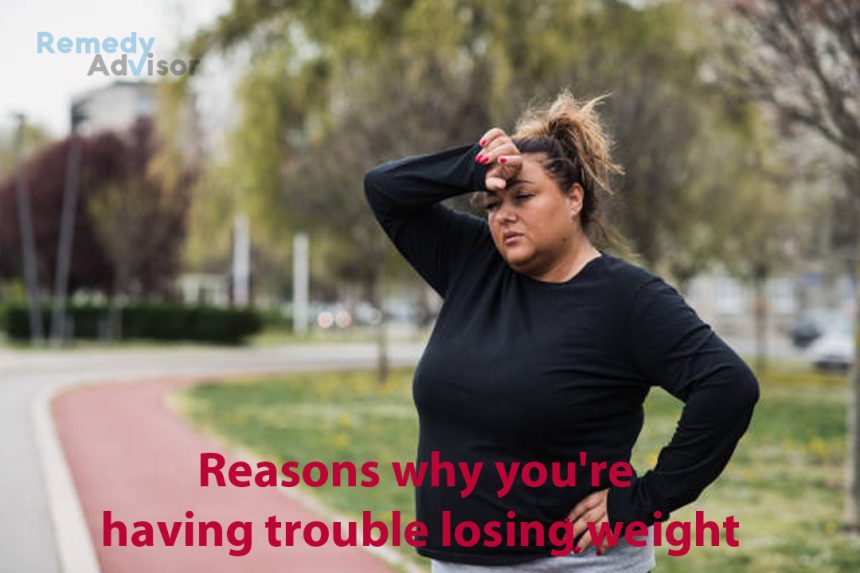If you’re like most people, you have probably tried all the weight-control approaches but haven’t been successful in losing all the weight you want or keeping it off.
Why we overeat
One of the major reasons you’re overweight may be that you can’t control your urge to eat. Food cravings are a result of a chemical imbalance in the brain. They start in the hypothalamus, the brain’s hunger center, which sends out chemical messengers neurotransmitters to tell you when, how much and what to eat.
Although it sounds very simple some neurotransmitters say eat others say stop eating the delicate balance between messengers can easily be disturbed.
Add to that the unlimited amounts of food available everywhere today and the fact that you don’t have to physically exert yourself to get food, and you’ve got a setup for out-of control eating.
How to control food urges
To fight your cravings, you must learn how to curb the levels of neurotransmitters the brain sends out. The only way to stifle your urge to eat now is to change your exercise and eating patterns. Here’s how…
• Keep a weight-control journal for one month
Research has shown we don’t know how much we really eat in a day sometimes we underestimate by as much as 75%.
Helpful: Buy a small notebook that you can carry with you everywhere. Each time you eat or drink something, write down what it was, how much you consumed, when and where, what you were doing before and how you felt while eating.
Reason: If you use the journal every day all day you’ll identify hidden food traps in your routine, determine if stress prompts you to eat, discover the types of foods that trigger you to overeat, learn how exercise affects your appetite.
• Start an exercise program
You’ve heard it over and over again, but exercise is truly the key to weight-control success.
Build exercise into your everyday life climb the stairs instead of taking the escalator walk to the corner store instead of taking the car, park far away from the mall so you’ll have farther to walk.
Engage in up to an hour of aerobic exercise, walking, running, biking and resistance exercise calisthenics or weight training at least three times a week.
Example: Do 10 minutes of aerobic activity mixed in with resistance training three times a day or 30 minutes once a day. Studies show that both ways are equally beneficial for people who are just starting to exercise.
If you’re already someone who works out regularly but wants to burn more calories, vary the intensity of your workout.
Example: Set the treadmill so that you walk up hills of different heights, followed by flat surfaces
- Learn about the components of a nutritionally balanced diet. The government recommends that adults eat the following daily.
- Six to 11 servings of pasta, cereal, rice and bread. Example: One serving equals a half cup of pasta.
- Three to five servings of vegetables. Example: One serving equals a half cup.
- Two to four servings of fruits. Example: One serving equals one banana.
- Two to three servings of dairy products. Example: One serving equals eight ounces of milk.
- Two to three servings of meat poultry, fish and eggs. Example: One serving equals two to three ounces.
- Sparing amounts of fats, oils and sweets.
Exception: If you suffer from insulin resistance a condition where the body must produce increasingly large amounts of insulin to maintain blood-sugar levels moderate your intake of cereal, bread, pasta and other carbohydrates. Instead, follow a slightly higher-protein, lower-carbohydrate diet than the government recommends.
Reason: You actually crave carbohydrates, but carbohydrates make you eat more because they quickly raise and then lower your insulin levels. Your body thinks your blood-sugar level will drop too much and sends out a signal requesting more food.
You can find out if you are insulin-resistant a quarter of the population is by keeping your weight journal and tracking your response to carbohydrates. Or you can talk to your doctor about it.
•Don’t skip meals or severely limit your food intake.
This prompts your brain to produce more neuropeptides, which trigger a gnawing desire for carbohydrates.
If you ignore the urge, your brain dispatches another chemical, called galanin, which instructs your body to eat and store fat. Together, the two produce irresistible cravings.
• Be prepared for cravings as you change to a healthier diet
The good news is that the cravings will fade.
Helpful: Satisfy cravings for carbohydrates by eating small amounts of food a small piece of fruit, a pretzel.
Manage your cravings for sweets by eating a small portion of a nonfat product, such as a graham cracker or a hard candy. Large portions may have lots of calories, so beware. If you must have chocolate, eat a few chocolate kisses.
• Control stress
When you are under pressure, your body produces cortisol a hormone that tells your body to put out more neuropeptides and galanin. As a result, you crave carbohydrates and fats.
Helpful: While you can’t eliminate stress entirely, you can learn to control it. Discover the best stress-buster for you work-out, practice deep breathing or meditation accomplish muscle relax and-release exercises, take a warm bath, read a book or listen to music.
For some people, stress reduction actually suppresses the appetite by decreasing levels of certain compounds in the body that can spur weight gain.







